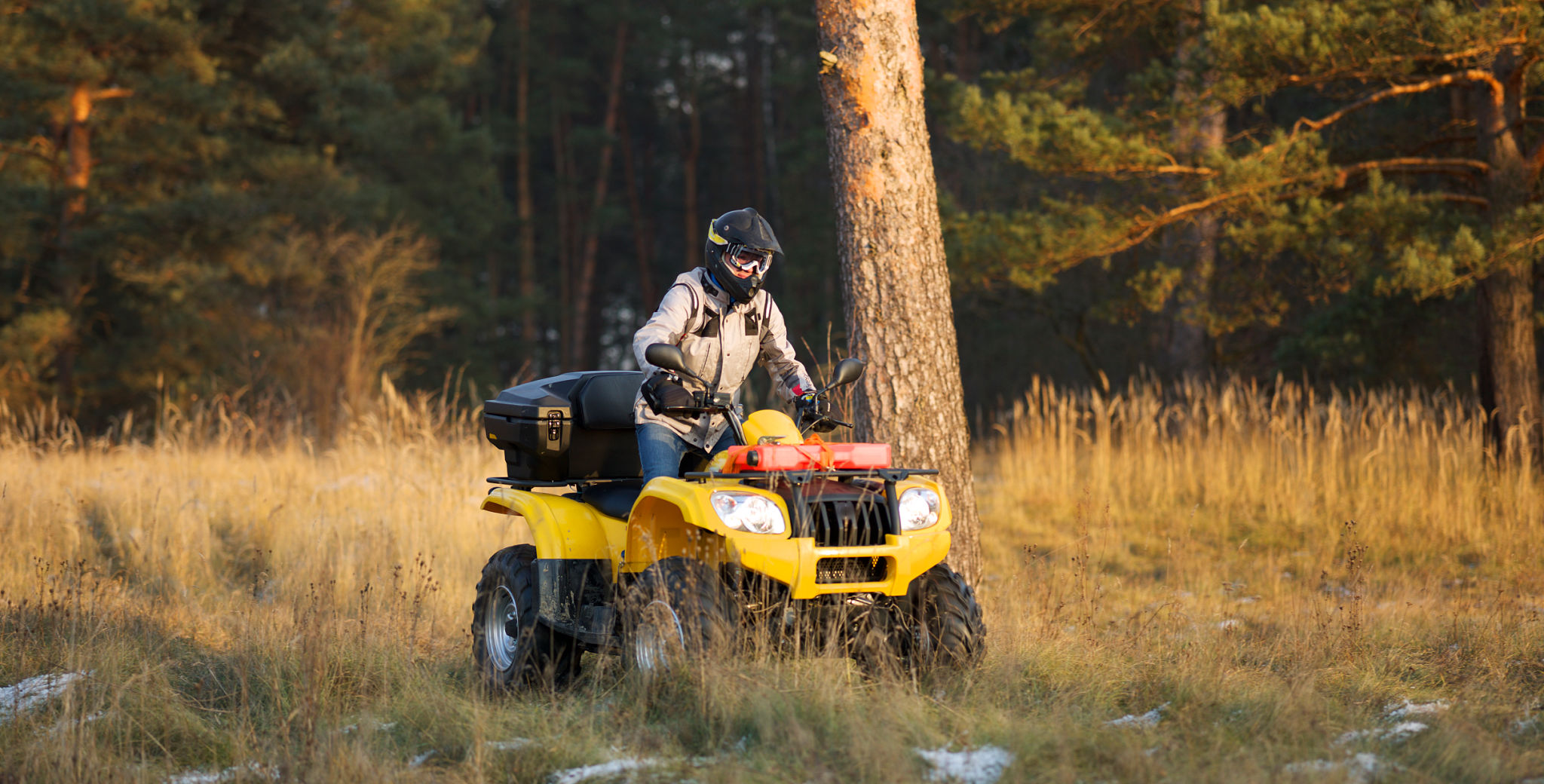Seasonal ATV Riding: Preparing for Different Weather Conditions in WV
Understanding West Virginia's Weather
West Virginia offers some of the most thrilling ATV trails in the country. However, the diverse weather conditions can make ATV riding both exciting and challenging. From snowy peaks to lush valleys, riders must be prepared for a variety of weather scenarios. Understanding the local climate is essential for a safe and enjoyable experience.

Spring: Navigating Mud and Rain
Spring in West Virginia brings vibrant colors and blooming landscapes, but it also means dealing with rain and muddy trails. To prepare for spring conditions, ensure your ATV is equipped with tires that provide excellent traction on slippery surfaces. Packing a waterproof jacket and extra layers will keep you dry and warm during unexpected showers.
Additionally, consider the impact of mud on your ATV's performance. Regular cleaning and maintenance are crucial to prevent mud from causing mechanical issues. Check your brakes and chains frequently to ensure they are free from debris.
Summer: Heat and Dust Challenges
Summer offers long days and plenty of sunshine, making it a popular season for ATV enthusiasts. However, the heat and dust can pose unique challenges. Staying hydrated is crucial; pack plenty of water and take regular breaks in shaded areas to avoid heat exhaustion.

Riding in dusty conditions can affect visibility, so wearing goggles is highly recommended. Keeping air filters clean will also help maintain your ATV's performance. Consider carrying a spare filter if you plan on extended rides through dusty trails.
Fall: Embracing Cooler Temperatures
The fall season transforms West Virginia's landscape into a tapestry of color. Cooler temperatures make riding more comfortable, but it also requires dressing in layers to adapt to fluctuating temperatures. Protective gear such as gloves and a wind-resistant jacket can make a significant difference.
Trail conditions are generally more stable in the fall, but fallen leaves can sometimes obscure obstacles. Always stay alert and reduce speed when necessary to ensure safety. Regularly inspect your ATV for any signs of wear that may affect performance.

Winter: Snowy Adventures
For those who love a challenge, winter riding in West Virginia offers a unique experience. Snow-covered trails require specialized equipment such as snow tires or tracks to enhance traction. It's essential to dress warmly, with insulated clothing and thermal layers to protect against the cold.
Visibility may be reduced during winter rides due to snow glare or poor weather conditions. Equip your ATV with proper lighting and carry essential safety gear like a first-aid kit in case of emergencies. Always let someone know your route before heading out on winter trails.
Conclusion: Ride Prepared All Year Round
Whether you're navigating muddy spring trails or tackling snowy winter paths, preparation is key for safe ATV riding in West Virginia's varied weather conditions. By equipping your ATV with the right gear and dressing appropriately, you can enjoy the beauty and thrill of the state's diverse landscapes all year long.

